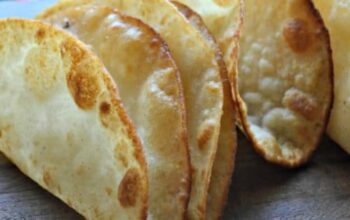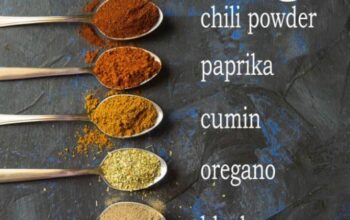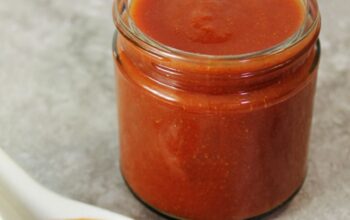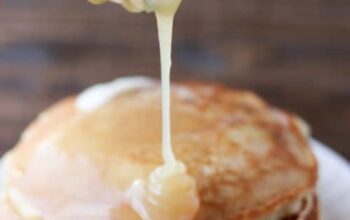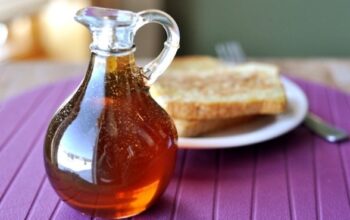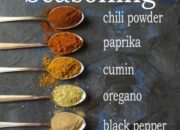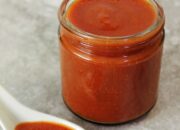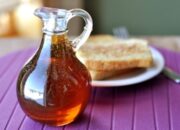Say Goodbye to Harsh Chemicals!
When it comes to creating all-natural soap at Home without lye, one of the biggest benefits is saying goodbye to harsh chemicals. Traditional soap-making methods often involve the use of lye, a caustic substance that can be dangerous to work with if not handled properly. By using alternative methods to create soap, you can avoid exposure to these harsh chemicals and create a product that is gentle on your skin and the environment.

Image Source: squarespace-cdn.com
Lye is known for its ability to break down oils and create a chemical reaction that turns them into soap. While lye is an effective ingredient in soap-making, it can also be harmful if not used correctly. By using methods that do not require lye, you can create a safer and more natural alternative to commercial soaps.
Creating all-natural soap at home without lye allows you to control the ingredients that go into your soap. You can choose high-quality oils, butters, and essential oils that are nourishing for your skin without the need for harsh chemicals. This gives you the freedom to customize your soap to suit your skin type and preferences, creating a product that is truly unique to you.
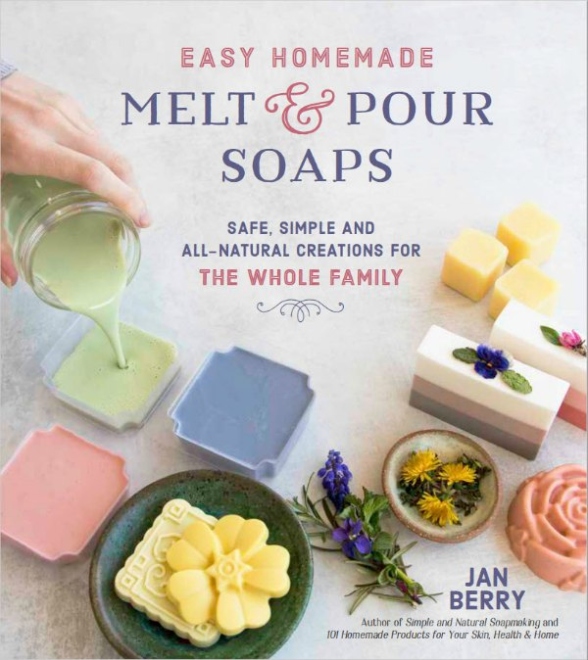
Image Source: thenerdyfarmwife.com
In addition to the benefits for your skin, saying goodbye to harsh chemicals also has positive effects on the environment. Traditional soap-making methods can produce waste and byproducts that are harmful to the environment. By using all-natural ingredients and methods to create soap, you can reduce your impact on the planet and create a product that is biodegradable and eco-friendly.
By embracing all-natural soap-making methods, you can enjoy the benefits of creating a product that is free from harsh chemicals and gentle on your skin and the environment. With a little creativity and experimentation, you can create luxurious soaps that rival those found in high-end stores, all without the need for lye.
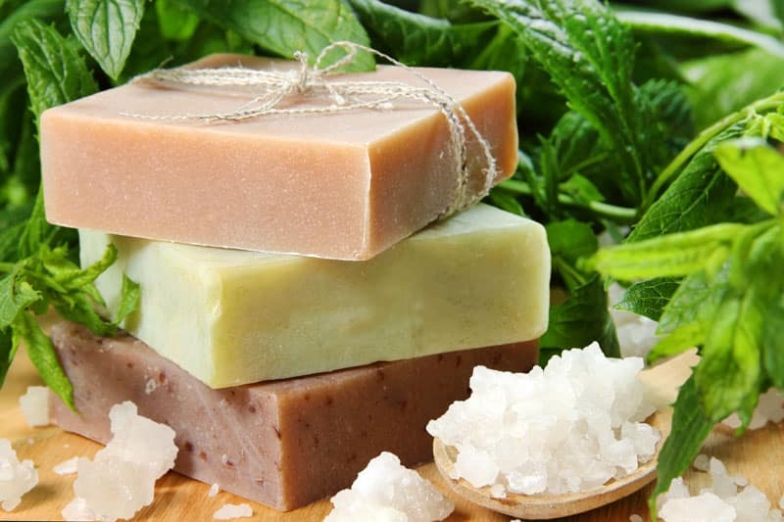
Image Source: brownthumbmama.com
So say goodbye to harsh chemicals and hello to all-natural soap-making at home. Your skin and the planet will thank you for it!
Crafting Soap Like a Pro
When it comes to making all-natural soap at Home without lye, there are a few key tips and tricks to keep in mind in order to craft soap like a pro. While the idea of making your own soap may seem daunting at first, with the right guidance and a bit of creativity, you can create beautiful, luxurious bars of soap that are free from harsh chemicals and perfect for your skin.
One of the first things to consider when crafting soap like a pro is to choose high-quality ingredients. Look for organic oils and butters that will nourish and moisturize your skin, such as coconut oil, olive oil, shea butter, and cocoa butter. These natural ingredients will not only create a rich and creamy lather but will also leave your skin feeling soft and hydrated.
In addition to choosing the right ingredients, it’s important to pay attention to the temperature when making soap. Different oils and butters have different melting points, so it’s essential to heat them slowly and gently to avoid scorching or burning. Using a double boiler or a microwave can help you control the temperature and ensure that your soap mixture stays smooth and creamy.
Another pro tip for crafting soap is to add in essential oils and botanicals for fragrance and color. Essential oils not only provide a lovely scent to your soap but also offer various skin benefits, depending on the oil you choose. Lavender, for example, is soothing and calming, while peppermint is invigorating and refreshing. Botanicals such as dried flowers, herbs, and clays can also add visual interest and gentle exfoliation to your soap.
When it comes to mold selection, think outside the box and get creative with your shapes and sizes. Silicone molds are great for soapmaking because they are flexible and easy to clean, allowing you to create unique and intricate designs for your soap bars. You can also use household items such as milk cartons, yogurt containers, or even ice cube trays to mold your soap into fun shapes.
Once you’ve poured your soap mixture into the molds, it’s important to let it cure properly before using it. Curing allows the soap to harden and dry out, resulting in a longer-lasting bar that lathers well and feels luxurious on the skin. Depending on the Recipes-ideas/’>Recipe and ingredients used, curing times can vary from a few days to several weeks, so be patient and allow your soap to fully develop before using it.
In conclusion, crafting soap like a pro is all about using high-quality ingredients, paying attention to temperature, adding in essential oils and botanicals for fragrance and color, getting creative with mold selection, and allowing your soap to cure properly. By following these tips and tricks, you can create all-natural soap at home without lye that is safe, gentle, and perfect for your skin. So why not give it a try and embark on your soapmaking journey today?
Making Suds Safely
Are you looking to create all-natural soap at Home without using lye? Well, you’re in luck! In this article, we’ll be discussing how you can make suds safely in the comfort of your own home. Say goodbye to harsh chemicals and hello to a fun and creative way of crafting your own soap.
When it comes to making soap without lye, safety is always the top priority. While lye is commonly used in traditional soap making, it can be a harsh and dangerous chemical to work with, especially for beginners. That’s why opting for a lye-free soap making method is a great way to ensure a safe and enjoyable experience.
One of the key ingredients in lye-free soap making is a melt-and-pour soap base. This type of soap base has already undergone the saponification process, which means that the lye has already been neutralized. This makes it a safe and easy option for beginners who want to make their own soap without the risk of working with lye.
To make suds safely, start by choosing a high-quality melt-and-pour soap base that is free from harsh chemicals and additives. Look for a base that is made with natural ingredients like shea butter, coconut oil, or olive oil for a luxurious and nourishing soap that is gentle on the skin.
Next, gather your desired essential oils, herbs, or botanicals to customize your soap and add a touch of aroma and color. Essential oils like lavender, peppermint, or tea tree oil are popular choices for their soothing and invigorating properties, while herbs like chamomile, calendula, or lavender can add a pop of color and texture to your soap.
When it comes to adding ingredients to your soap, be sure to do so in a safe and controlled manner. Mix your essential oils, herbs, or botanicals into the melted soap base slowly and carefully, ensuring that they are evenly distributed throughout the mixture. This will help to create a well-balanced and fragrant soap that is both beautiful and effective.
Once your soap base is customized to your liking, pour it into your chosen soap molds and allow it to cool and harden. This process typically takes a few hours, depending on the size and shape of your molds. Once your soap has fully set, carefully remove it from the molds and admire your handcrafted creation.
To ensure that your soap is safe for use, it’s important to let it cure for a few weeks before using it. This allows the soap to fully harden and develop its lather, making it more effective and longer-lasting. Once your soap is fully cured, it’s ready to be enjoyed in your daily skincare routine.
So there you have it – a beginner’s guide to making suds safely at home without lye. With the right ingredients and a little creativity, you can create all-natural soap that is gentle on the skin and free from harsh chemicals. Say goodbye to store-bought soaps and hello to a fun and rewarding hobby that allows you to craft your own luxurious creations. Happy soap making!
Simple Steps to Soapy Success
Creating all-natural soap at Home without using lye may seem like a daunting task for beginners, but with the right guidance and a little bit of creativity, you can achieve soapy success in no time. In this article, we will explore some simple steps to help you embark on your journey to making your own chemical-free soap at home.
First and foremost, it’s important to gather all the necessary ingredients and supplies before diving into the soap-making process. Make sure to choose high-quality oils, butters, essential oils, and additives that are safe for use on your skin. You can find these ingredients at your local health food store or online.
Next, familiarize yourself with the different methods of soap-making. There are various techniques such as melt and pour, cold process, and hot process. For beginners, the melt and pour method is the easiest and safest way to make soap without lye. This method involves melting a pre-made soap base, adding your desired ingredients, and pouring the mixture into molds to set.
Once you have chosen your method, it’s time to get creative with your ingredients. Experiment with different combinations of oils, butters, and essential oils to create a unique and personalized soap that suits your skin type and preferences. Consider adding natural exfoliants like oatmeal or coffee grounds for added texture and benefits.
When it comes to coloring your soap, opt for natural alternatives such as clays, spices, or herbs. These ingredients not only add vibrant hues to your soap but also come with additional skincare benefits. Be sure to research the properties of each colorant before incorporating them into your soap to avoid any adverse reactions.
As you begin the soap-making process, remember to work in a well-ventilated area and wear protective gear such as gloves and goggles to prevent any accidents. Follow the instructions carefully and be mindful of the temperature and consistency of your soap mixture to ensure a successful outcome.
Once you have poured your soap mixture into molds, allow it to cool and set for at least 24 hours before unmolding. This will give your soap enough time to harden and cure properly. After unmolding, let your soap cure for an additional 4-6 weeks to ensure that it is gentle and long-lasting.
During the curing process, your soap will continue to harden and develop its full potential. Be patient and resist the temptation to use it prematurely, as freshly made soap can be harsh on the skin. Allow your soap to cure fully before using it to experience its full benefits.
In conclusion, creating all-natural soap at home without lye is a fun and rewarding experience for beginners. By following these simple steps and experimenting with different ingredients, you can achieve soapy success and enjoy the fruits of your labor. Get creative, have fun, and embrace the art of soap-making in a safe and natural way.
how to make homemade soap without lye

